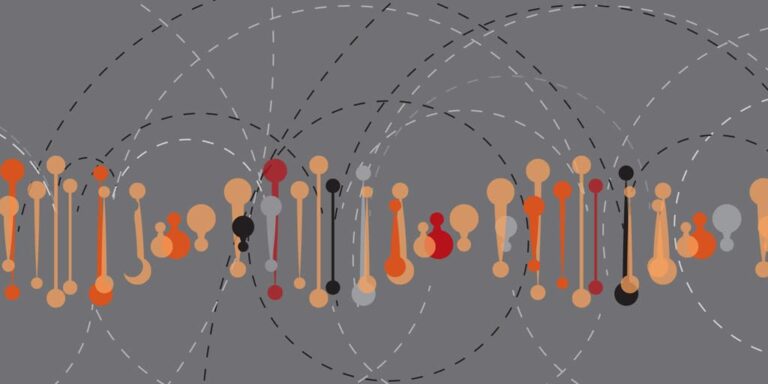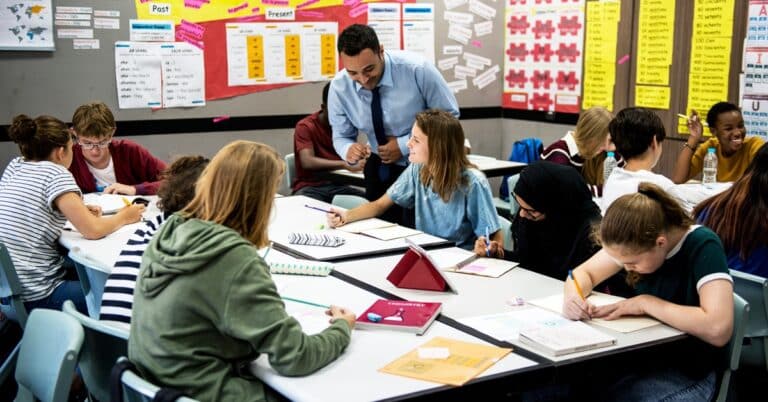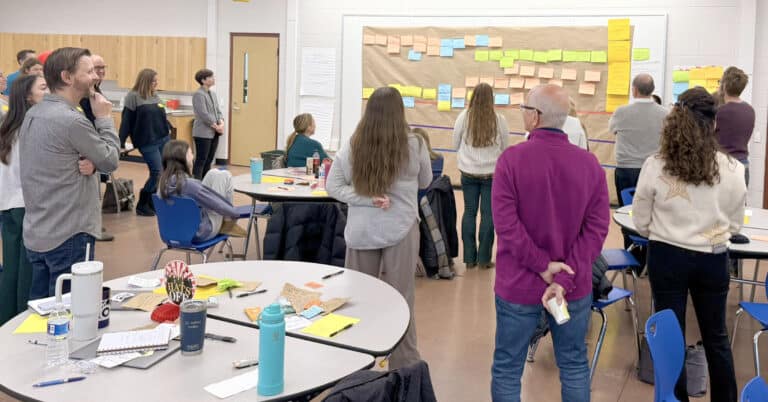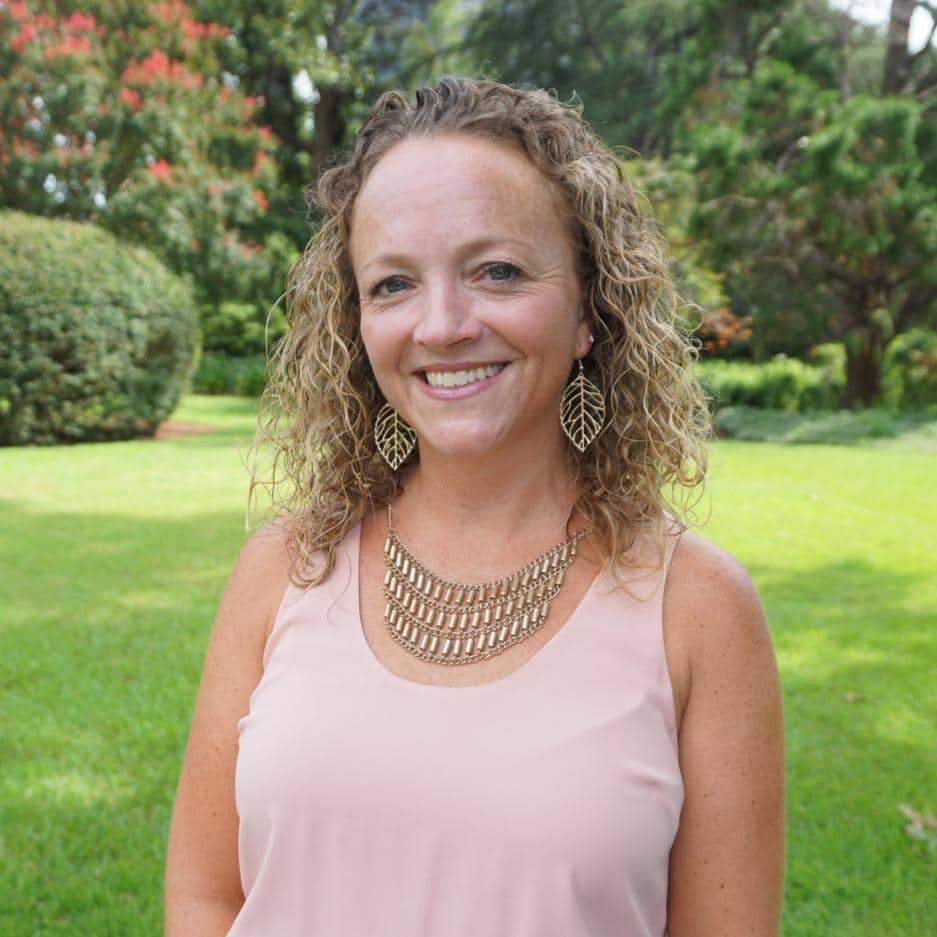 Kristen Logan is a personalized learning coach with the South Carolina Department of Education (SCDE) Office of Personalized Learning. Kristen has 15 years of experience in education in SC, including roles as a classroom teacher, math coach and instructional coach.
Kristen Logan is a personalized learning coach with the South Carolina Department of Education (SCDE) Office of Personalized Learning. Kristen has 15 years of experience in education in SC, including roles as a classroom teacher, math coach and instructional coach.
We know that learning is not meant to be one-size-fits-all. Every student learns in different ways, at different rates and has different interests. But there tends to be a gap between knowing and doing. According to the South Carolina Framework for Personalized Learning, there are four components to personalized learning: student ownership, learner profiles, flexible learning environments and learning pathways.
The South Carolina Framework for Personalized Learning provides a guideline for educators who are shifting their practices to become student-centered. Many educators ask, “Where do I start?” There is no one way to tackle personalized learning. Student ownership threads itself throughout the other three components, and there is not one component that is more important than another. However, the component that seems to have the most leverage for shifting practices is learning pathways because it “adapts to each student’s learning progress, motivation and goals.”
Knowing the complexity of learning pathways, I knew it would be critical to help my teachers visualize what learning pathways could look like. After spending time building our culture around the idea of mastery learning and using professional learning communities (PLCs) to discuss the WHY behind personalized learning, we began talking about how learning pathways could be our solution for meeting the needs of our different learners.
To introduce learning pathways to my teachers, I created the Learning Pathways Schematic based on my teaching experiences. Before beginning a unit, it is critical to use a pre-assessment to determine what students already know and can do. In reviewing pre-assessment data, typically students fall into one of three buckets: on, below or above target (of course there are always outliers). The schematic represents those three buckets: path 1 represents students above target, path 2 represents students on target and path 3 represents students below target.
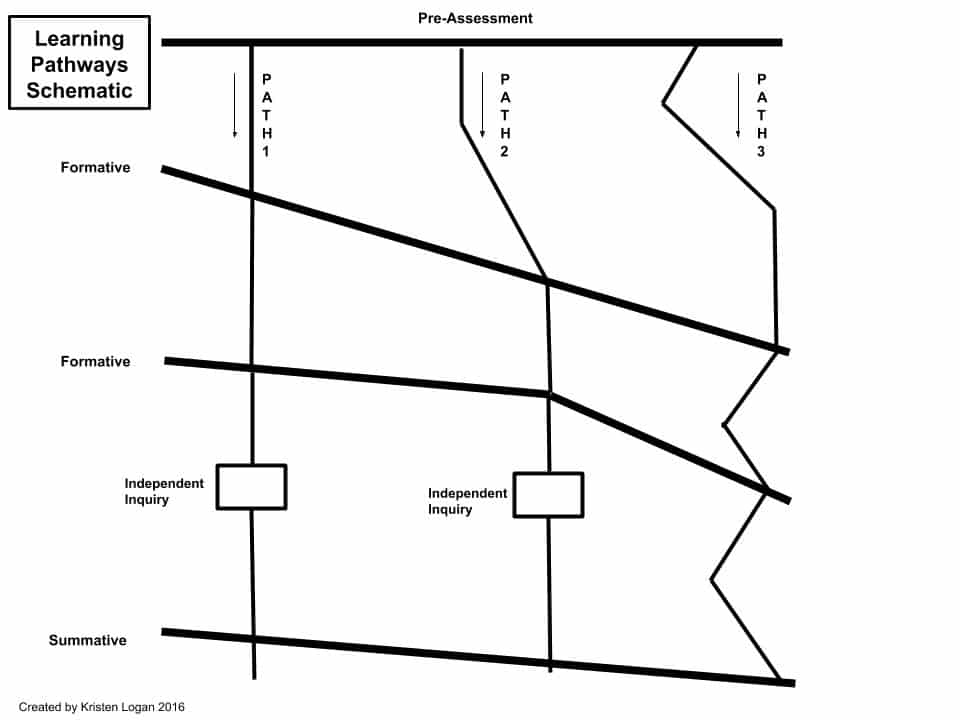
Here are some important things to note about the Learning Pathways Schematic:
- This is an example of what 3 pathways could look like. It is not the only way.
- This diagram is to be viewed through the lens of a unit.
- All pathways begin with a pre-assessment. How else would we know what path they need?
- All students do formative check points, but it is based on when they are ready.
- If students do not demonstrate mastery at each formative checkpoint, their pathway will be altered to meet their needs (even if that means switching paths completely).
- The points where the pathway zig zags represent times when students needed a small group lesson.
- Just because students are on the same pathway together does not mean they are all doing the same thing. There are requirements and choices embedded within each of these 3 pathways.
- Students on pathway 1 still need small group lessons. In this example, there is no indication; however, even our students above target need opportunities for deeper learning.
- Pathway 3 does not get “more work” because they are below; the students are getting the “right work” at their level.
- Pathway 1 does not get “fun work” because they are ahead; they are getting deeper work situated in authentic contexts.
- Students are not being tracked; they can change paths during the unit based on performance and/or be on a different path for a different unit.
When initially engaging with this schematic, it is important to allow teachers to make sense of it themselves. The Learning Pathways presentation was created to support the work around this schematic and is intended to be an inquiry learning experience. Teachers can use the guiding questions to help explore the schematic and think about their own unit design practices.
In their 2017 publication Empower, lead educators Juliani and Spencer ask readers to consider, “What decisions am I making for students that they can make for themselves?” If these three pathways were just differentiated, then the students on these pathways would not have voice or choice in their learning, and would not have the opportunity to access, engage and express their learning in a way that fits them.
When beginning, teachers can approach Learning Pathways in many ways. Here are four examples…
Capacity Matrix
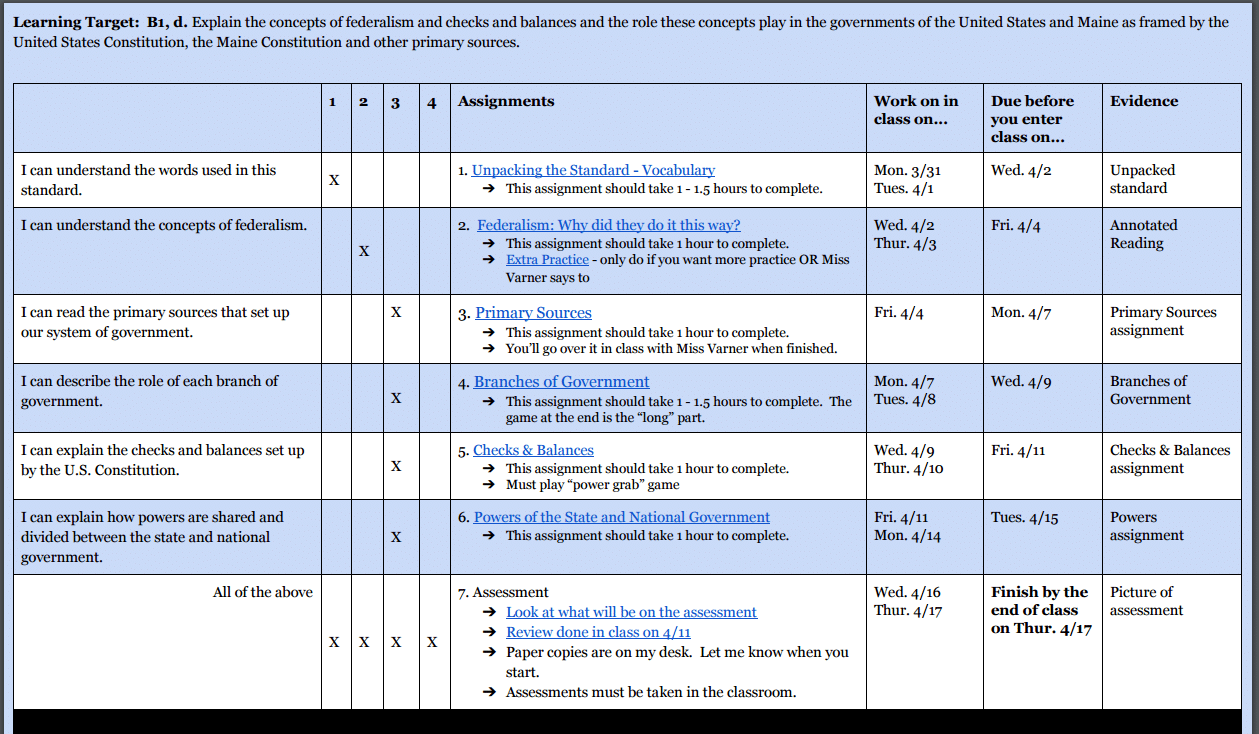
Learning Pathway Board
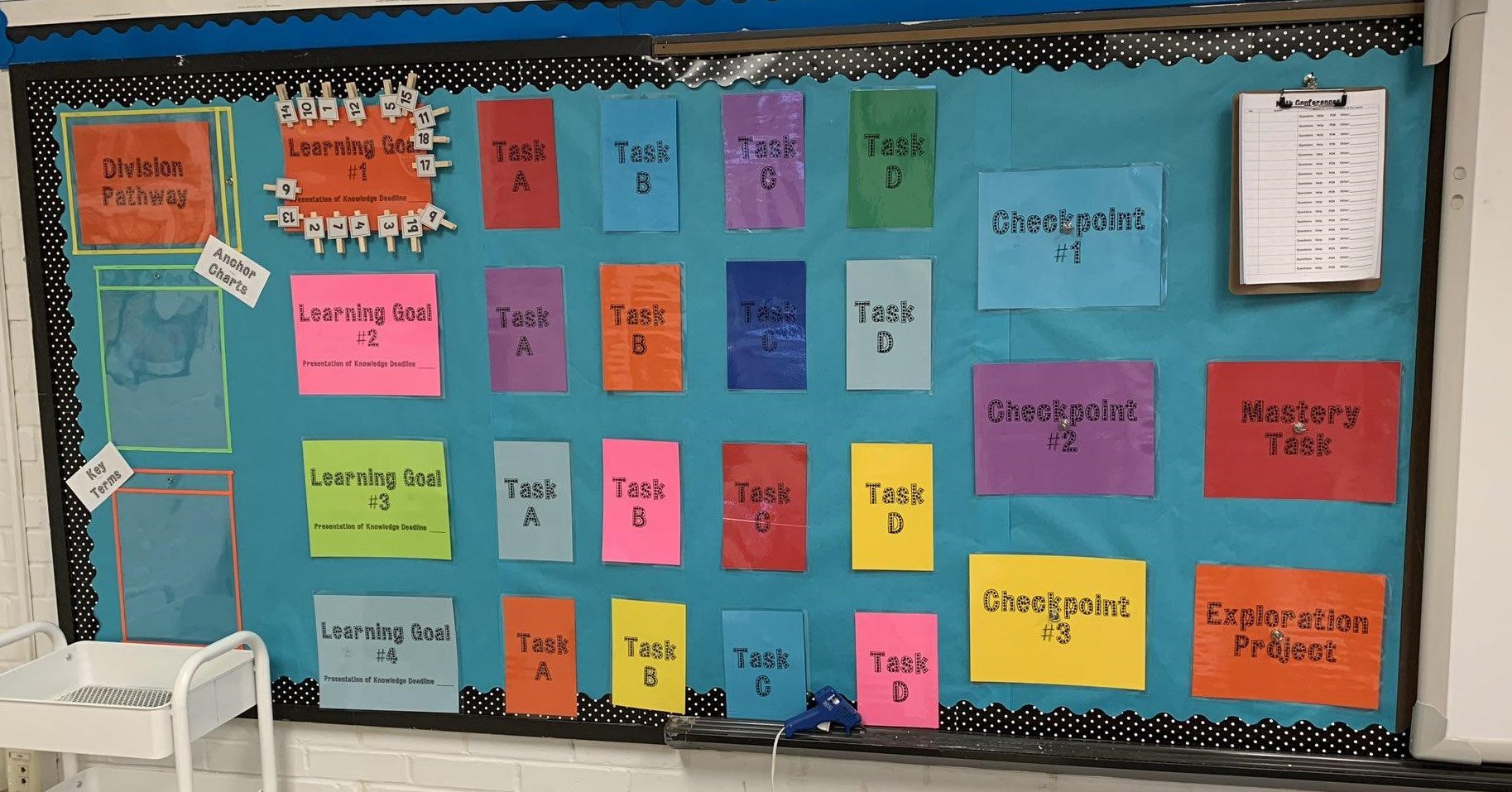
Choice Board
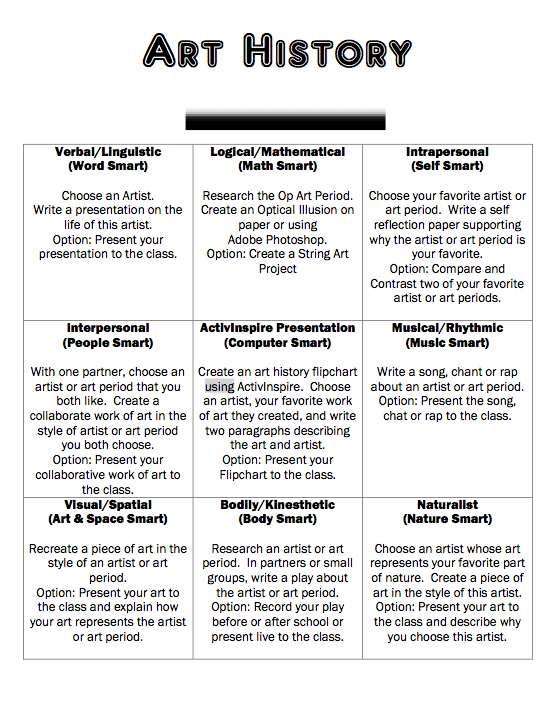
Learning Pathway
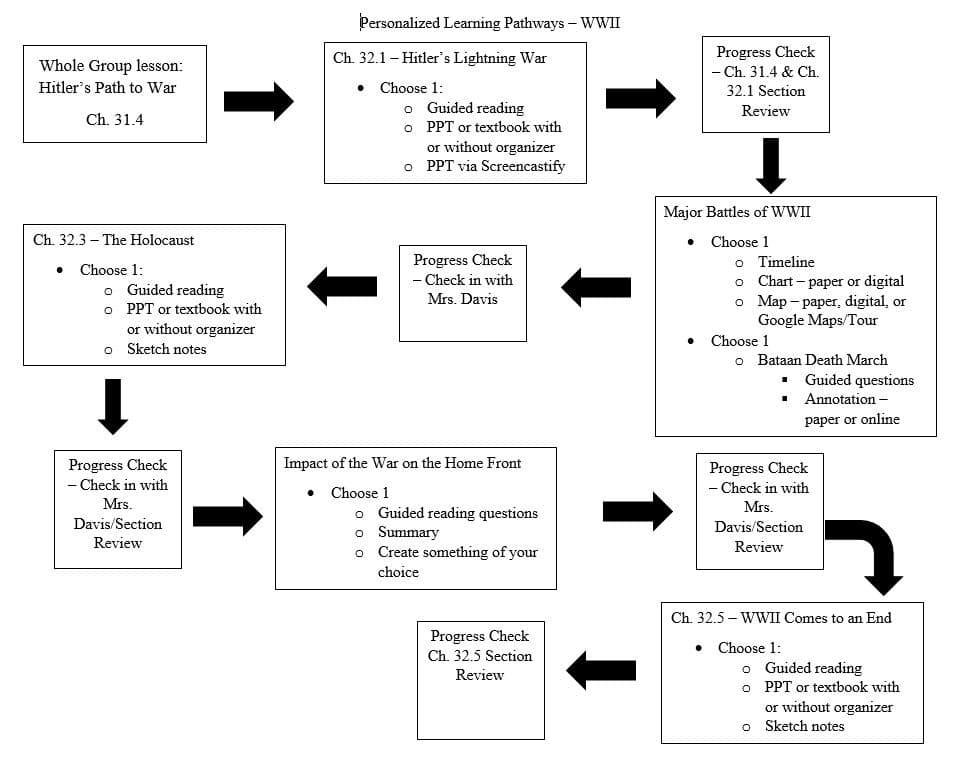
For more ideas with learning pathways check out to the SCDE Office of Personalized Learning.
